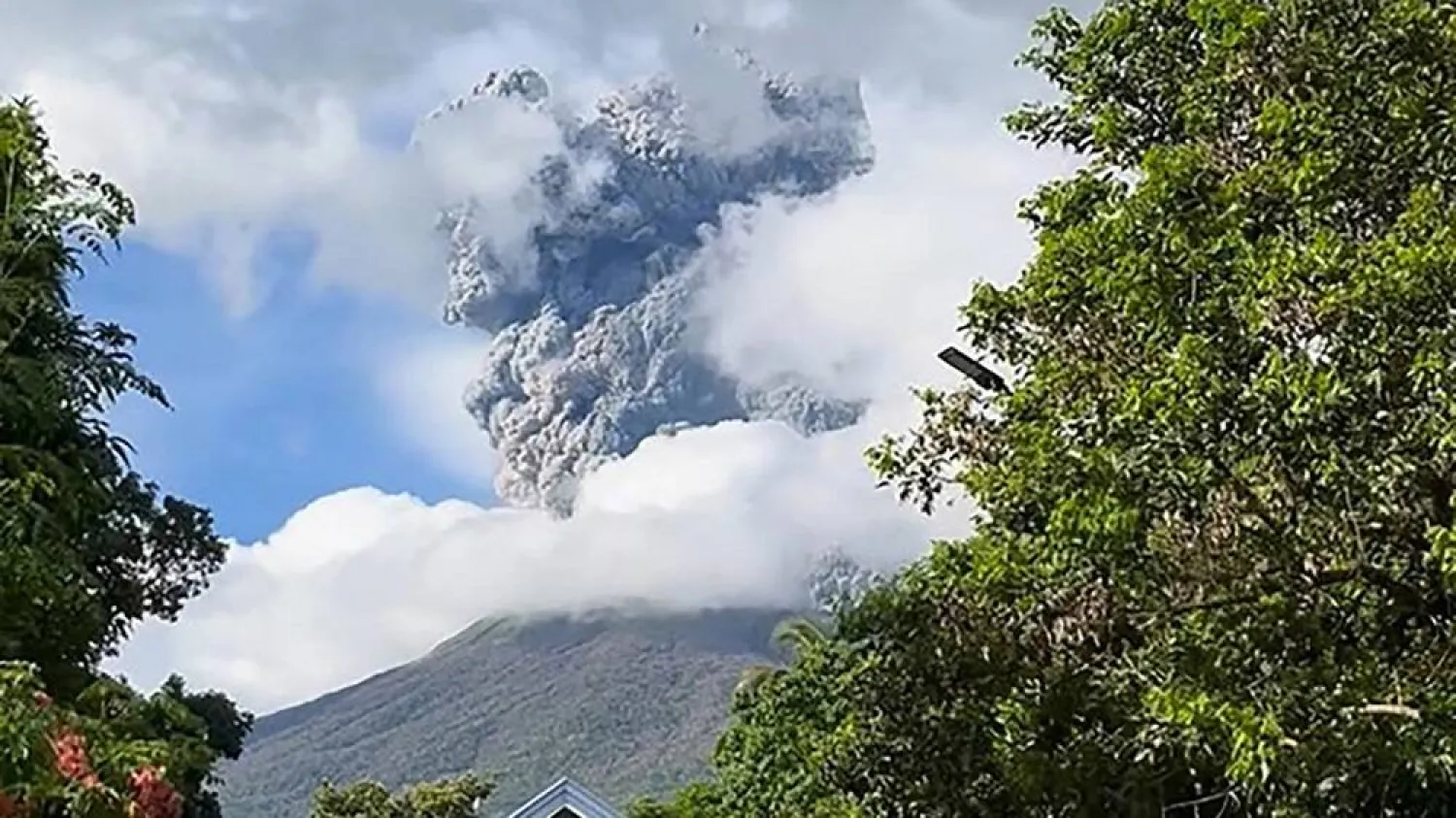Scientists have successfully performed a head transplant on a corpse, and are ready to do it on a living person, according to reports by media outlets.
Surgeon Sergio Canavero, Director of the Turin Advanced Neuromodulation Group, has become famous for claiming to be working on the first human head transplant. And he says that the successful test shows that his plans will work, 'The Independent' reported.
His new technique works by connecting the spine, nerves and blood vessels of two people. It took 18 hours, which was the criteria already set by his team for the duration of the transplant.
Canavero claims to be the first to work on such surgeries, stressing that this success will encourage his team to proceed with this kind of transplants in the near future.
Canavero instantly became famous after claiming to be working on the first human head transplant, and indeed, Canavero named the first patient who is Russian man called Valery Spiridinov who will have his head frozen and then grafted onto a new donor body.
The British 'Telegraph' newspaper, which was the first to announce the news, reported professor Canavero at a press conference held in Vienna saying “The first human transplant on human cadavers has been done. A full head swap between brain-dead organ donors is the next stage.”
"The first human head transplant has been done, but the real success will be when the operation is performed on a person who survives after it," he added.
Canavero gave no evidence of the authenticity of his claims, but said he will provide a proof in the coming days.
"Everyone thought this was impossible, but the operation has worked," he said, adding that the operation could take place this year, possibly in Britain, so that everyone can make sure that the patient remained alive.
Professor Canavero's team has repeatedly claimed that they have successfully performed the same surgery on mice and monkeys.







